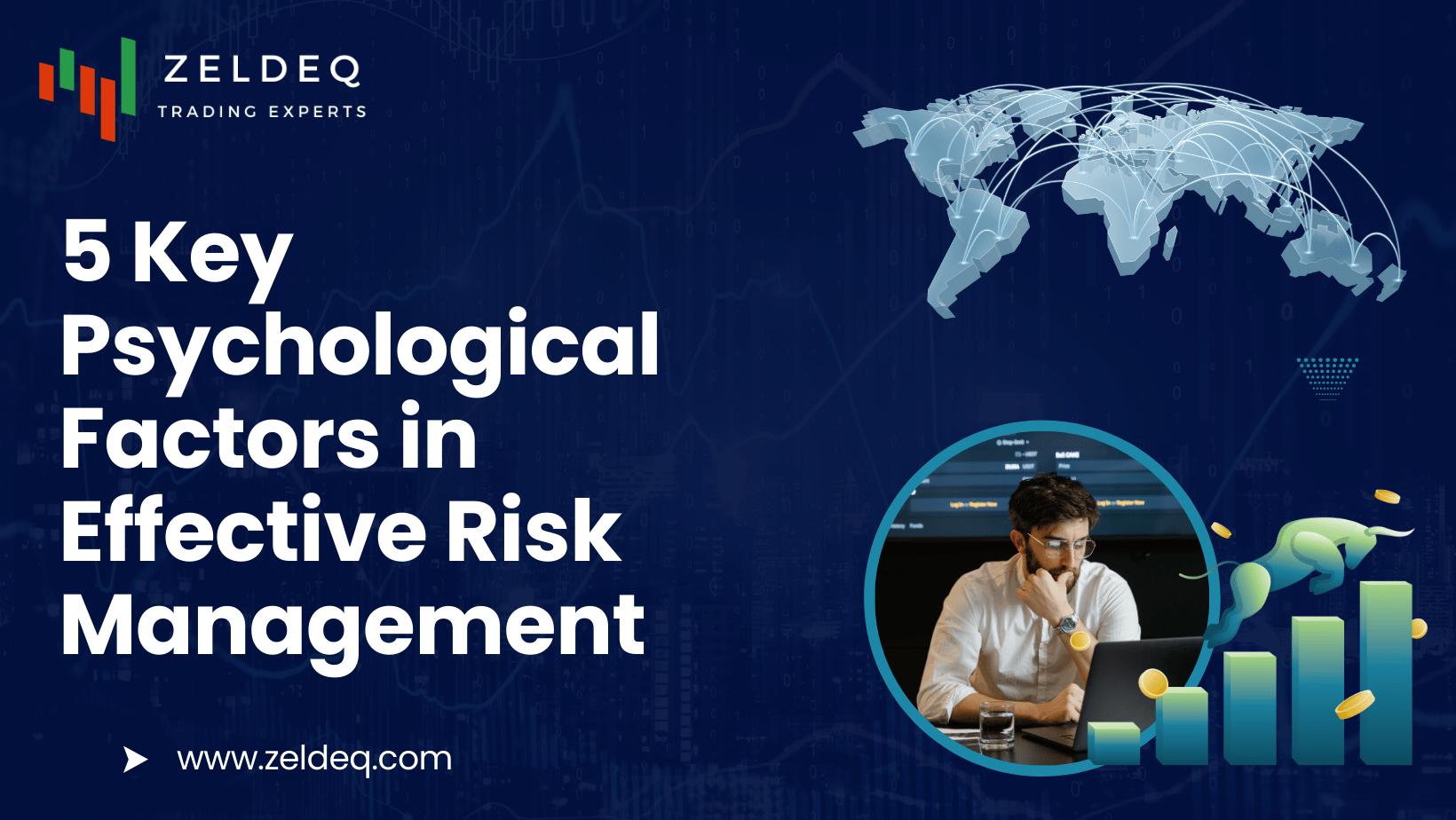Table of Contents
- Understanding Risk Perception
- Cognitive Biases and Their Impact
- Emotional Responses to Risk
- Group Dynamics and Decision-Making
- The Role of Experience and Learning
Risk management is crucial in today’s world, whether in business, finance, or personal life. However, the psychological aspects of risk management are often overlooked. Understanding these factors can significantly enhance decision-making processes and lead to more effective risk management strategies. Let’s dive into the five key psychological factors that play a pivotal role in effective risk management.
1. Understanding Risk Perception
Risk perception refers to how individuals assess the likelihood and potential impact of risks. This perception can vary widely among people and can significantly influence decision-making.
Factors Influencing Risk Perception:
- Personal Experience: People tend to evaluate risks based on their past experiences. A person who has faced a financial loss may perceive investment risks as more significant than someone who has never encountered such a situation.
- Media Influence: Coverage of certain events can skew public perception. For instance, widespread reporting on plane crashes can lead to an exaggerated fear of flying, despite its safety record.
- Cultural Background: Different cultures have varied attitudes toward risk. Some may embrace risk-taking, while others may prioritize caution and stability.
Understanding risk perception helps organizations tailor their communication and risk management strategies to align with stakeholders’ views, leading to more effective outcomes.
For further insights into risk perception, check out this resource from the American Psychological Association.
2. Cognitive Biases and Their Impact
Cognitive biases are systematic patterns of deviation from norm or rationality in judgment. They can significantly affect how risks are evaluated and managed.
Common Cognitive Biases in Risk Management:
- Overconfidence Bias: Individuals often overestimate their knowledge and abilities, leading to underestimating risks. This can result in poor decision-making, especially in finance and business (Essential Trading Costs and Fees Beginners Should Know).
- Anchoring Bias: This bias occurs when individuals rely too heavily on the first piece of information encountered (the “anchor”), which can skew their perception of risks.
- Confirmation Bias: People tend to favor information that confirms their pre-existing beliefs while ignoring contradictory evidence. This can lead to a narrow view of potential risks.
Visual Element: Cognitive Biases Table
| Bias | Description | Risk Management Impact |
|---|---|---|
| Overconfidence | Overestimating one’s knowledge and abilities | Underestimating risks |
| Anchoring | Relying too heavily on initial information | Skewed evaluation of risks |
| Confirmation | Favoring information that supports existing beliefs | Narrow view of potential risks |
Regular training, seeking diverse opinions, and employing formal decision-making frameworks can help mitigate the effects of cognitive biases.
3. Emotional Responses to Risk
Emotions play a critical role in how individuals perceive and respond to risk. Fear, anxiety, and excitement can all influence decision-making processes.
Emotional Factors in Risk Management:
- Fear and Anxiety: High levels of fear can lead to paralysis, causing individuals to avoid taking necessary risks. On the other hand, moderate levels of anxiety can motivate proactive risk assessment.
- Positive Emotions: Excitement and optimism can encourage risk-taking, but they can also lead to reckless decisions if not tempered with rational analysis.
- Stress Responses: High-stress environments can impair cognitive functions, leading to poor risk management decisions.
Providing a supportive environment, encouraging open communication, and fostering emotional intelligence can help individuals manage their emotional responses effectively.
4. Group Dynamics and Decision-Making
Risk management is often a group activity, and the dynamics within a team can significantly influence decision-making outcomes.
Group Dynamics Factors:
- Groupthink: This phenomenon occurs when a desire for harmony or conformity results in irrational or dysfunctional decision-making. Teams may overlook potential risks to maintain cohesion.
- Social Loafing: In group settings, individuals may feel less accountable, leading to a decrease in motivation to identify and manage risks effectively.
- Diversity of Thought: Teams with diverse perspectives are better equipped to identify potential risks and evaluate them more thoroughly (Top 5 Trading Ethics Every Trader Should Follow – 2024).
Encouraging open dialogue, fostering a culture of constructive dissent, and including diverse team members can enhance decision-making in risk management.
5. The Role of Experience and Learning
Experience and continuous learning are vital components of effective risk management. Each experience provides valuable lessons that can shape future decisions.
Learning Factors:
- Reflective Practice: Regularly reflecting on past experiences can help individuals and organizations identify what worked and what didn’t, leading to improved risk management strategies (Top 5 Risk Management Strategies for Successful Trading).
- Training and Development: Investing in training programs can enhance individuals’ abilities to assess and manage risks effectively.
- Adaptive Learning: Encouraging a culture of adaptive learning allows organizations to evolve their risk management practices based on new information and experiences.
Organizations can promote a culture of learning by providing opportunities for professional development, encouraging knowledge sharing, and recognizing efforts to learn from failures.
In conclusion, understanding the psychological aspects of risk management can significantly enhance decision-making processes. By acknowledging risk perception, cognitive biases, emotional responses, group dynamics, and the role of experience, individuals and organizations can develop more effective strategies for managing risks. Embracing these psychological factors not only leads to better risk assessments but also fosters a culture of proactive and informed decision-making.
For more information on psychological aspects of decision-making, you can refer to Psychology Today.
Feel free to share your thoughts or experiences related to risk management in the comments below! Also, look for insights on Essential Trading Costs and Fees Beginners Should Know for a comprehensive understanding of risk in trading contexts.


